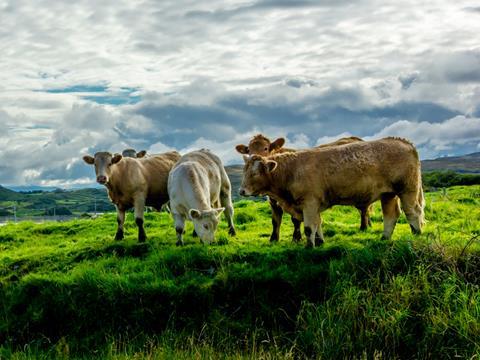
Grass-fed is the latest buzzword to hit the meat and dairy aisles. Popularised by the arrival of the paleo diet from the US, the term has gained traction among online retailers and is starting to spread into the mainstream.
Just last week, Waitrose hit the headlines after committing to 100 days grazing for dairy cows supplying its own-label milk and the UK’s first certification mark for 100% grass-fed meat - from Pasture for Life - was approved by the Intellectual Property Office.
But while the ‘grass-fed’ distinction makes sense across the Atlantic, where cattle are grain-fed and reared on dusty feedlots, it is arguably less relevant in the UK, where most sheep and cows spend most of their life out grazing. Britain’s extensive, pasture-based production systems set it aside from the US and other EU countires, and there are fears labelling some products as “grass-fed” could undermine the wider reputation of British meat and dairy.
So what are the benefits of grass-fed? And will shoppers buy into the new labels?
‘Nutritionally superior’
Proponents of grass-fed meat argue it is nutritionally superior to grain-fed because it provides a better ratio of omega-3 and omega-6 fatty acids, and contains higher levels of linoleic acid and vitamin E.
This view is supported by mounting scientific evidence, including the latest Newcastle Study on organic meat and milk, which attributed higher concentrations of omega-3 to the fact organically-reared animals eat “a more natural grass-based diet”.
Grass-fed meat also has environmental benefits, says Anna Bassett, chair of the Pasture for Life Association (PFLA) certification committee. “It is not sustainable to feed ruminants grain that could be used in human food,” she says.
Bassett claims adding any grain into the diet would diminish these environmental and nutritional benefits. “A lot of ‘grass-fed’ meat on the market is not actually 100% grass fed,” she says. “Some consumers won’t mind, but some will.”
Phil Handley, AHDB Beef and Lamb’s head of supply chain business development, admits while UK cattle and sheep are predominately grass-fed, most will receive supplementary grain at some point in their life. “If consumers want a guarantee that meat is from animals that have been 100% grass-fed, the concept could gain traction.”
Some organic farmers have questioned Pasture for Life’s decision to allow the use of artificial pesticides and fertilisers. “Can a certification mark that does not regulate the use of damaging artificial fertilisers and weedkillers on the very grass the cattle are eating be deemed of better benefit to humans?” asks Judith Freane, owner of Brown Cow Organics.
Soil Association policy director Peter Melchett agrees it is important to recognise that not all grass is equal.
“Meat and dairy from animals grazed on Italian ryegrass ploughed up and fertilised with nitrogen will not have the same nutritional benefits as meat from animals grazing on organic clover-rich pastures.”
But Bassett says fertiliser use is low among Pasture for Life members, many of whom are organic farmers who want a point of difference from standard organic meat and dairy - which must only have a 60% grass-based diet. “If you are just buying organic, the animals could have had quite a lot of grain in their diet,” she says.
Pasture for Life currently has 200 members and is planning to expand its grass-fed certification to dairy, using similar principles to its meat label.
This would blow Waitrose’s commitment for 100-day grazing for dairy cows out of the water. But Melchett says the retailer’s pledge is still an important line in the sand for a sector haunted by the spectre of indoor megadairies. “I think it is completely wrong to say all dairy cows are kept outside; we have had many proposals for megadairies where animals would spend their time indoors,” he says. “The Waitrose commitment was a welcome move.”
Whether consumers will fully appreciate the nuances between conventional, organic and 100% grass-fed meat and dairy remains to be seen. However, the seeds of grass-fed have been sown, and retailers and suppliers are likely to face more questions about their grazing standards in the future.







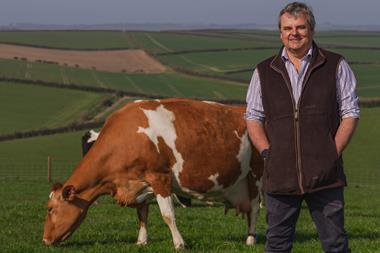
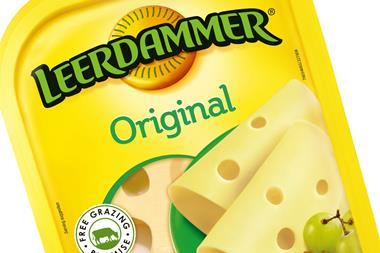


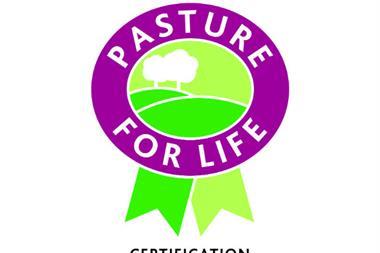
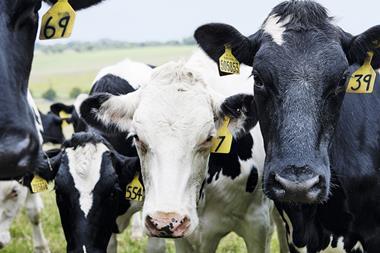



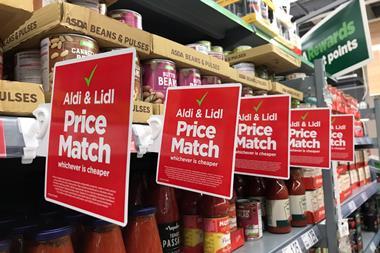
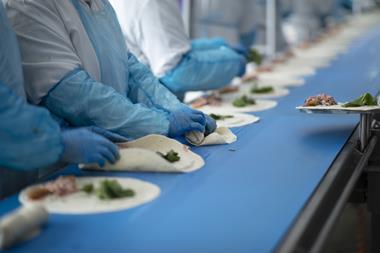
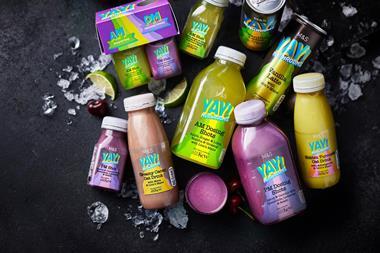
No comments yet